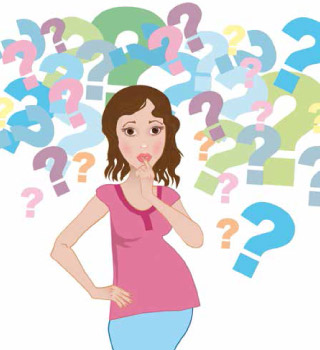Japanese encephalitis (JE) is the most important cause of viral encephalitis in Asia, which mostly affects children. Every year there are about 50,000 cases of JE in the world. Most of the cases involve children under 15 years old. Roughly 20-30% of patients will die, while 30-50% of survivors may suffer permanent mental disability.
These are some of the most frequently asked questions of concerned parents:
1. Where does JE occur?
JE occurs in South East Asia (SEA) and the Asia Pacific region. It usually occurs in rural areas, most commonly during the rainy season. Since there is rainfall throughout the year in SEA, JE is transmitted all year round.
In Malaysia, JE accounted for 18-62% of all reported cases of viral encephalitis. Sarawak reported the most number of cases. Outbreaks have also occurred in Langkawi and Penang.
2. Can mosquitoes transmit the virus from an infected person to my child?
No. Humans are considered incidental or dead-end hosts because the JE virus does not multiply at a high enough concentration in the bloodstream to infect feeding mosquitoes. The JE virus cannot be spread via person-to-person contact. Touching or even kissing a person who has the disease will not get your child infected.
3. Can an infected pregnant mother transfer the virus to her unborn child?
It is believed that infection during pregnancy can harm the wellbeing of the baby, but exactly how it affects the baby remains unclear. Additionally, there is no evidence to suggest the virus can be passed from mother to child.
4. Can my child contract JE through eating pork?
No. Once the pig is slaughtered the JE virus will not survive in pork flesh. Furthermore, cooking pork at temperatures of more than 60 ˚C will kill the virus.
5. How soon do people get sick after being bitten by an infected mosquito?
Most cases of JE are without symptoms or are mild in nature. Illness usually begins with abrupt onset of fever, headache, tiredness, vomiting, confusion and agitation. They appear 5-15 days after the mosquito bite. The disease can progress to inflammation of the brain (encephalitis) and is often accompanied by seizures. Coma and paralysis occur in some cases.

6. How is Japanese encephalitis diagnosed?
Diagnosis is based on a combination of clinical signs and symptoms and specialized laboratory tests of blood or spinal fluid. These tests typically detect antibodies that the immune system makes against the viral infection.
7. What is the treatment for JE?
There is no specific treatment. Severe illnesses are treated by supportive therapy which may include hospitalization, respiratory support, and intravenous fluids.The risk of JE infection can be reduced with vaccination.
8. Should I get my child vaccinated?
Currently, the JE vaccine is only mandatory and covered under the National Immunisation Programme (NIP) in Sarawak. Nevertheless, if you live in other high risk areas (i.e. close to pig farms) or will be travelling to destinations where cases have been recorded (Langkawi and Penang), you are advised to get the family vaccinated.
9. Where can I get the JE vaccination?
Most public and private hospitals should have the vaccine readily available. Ask your doctor if the latest JE vaccine is available in your area.

10. How many doses of the vaccine does my child have to take?
With the latest JE vaccine (IMOJEV), persons from nine months to 17 years of age require a single dose (0.5 mL) for primary immunisation. If long-term protection is required, a booster dose should be given preferably one year after the first vaccination.
Persons aged 18 years and over require a single dose (0.5 mL). There is no need for a booster dose up to five years after the first vaccination.
11. Does it work immediately?
In adults, protection against Japanese encephalitis generally begins 2 weeks after the injection. In children, protection begins 4 weeks after the injection.
An educational contribution by Malaysian Paediatric Association.






Comments